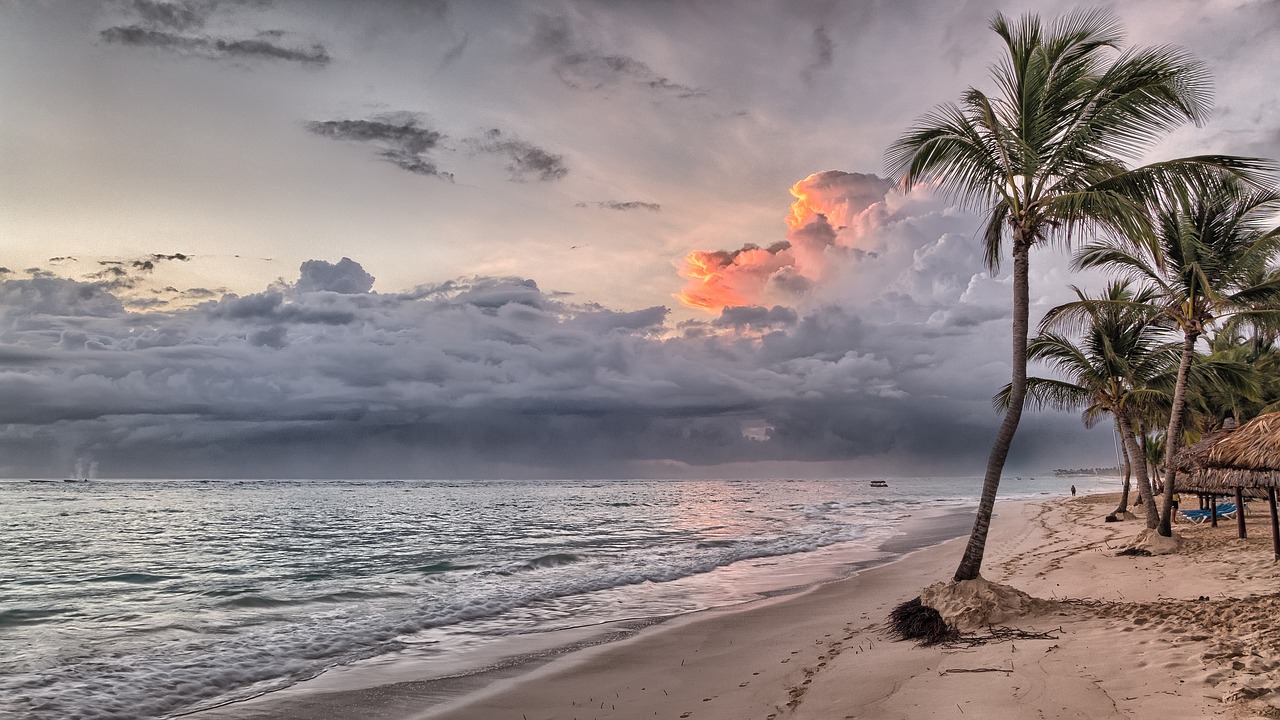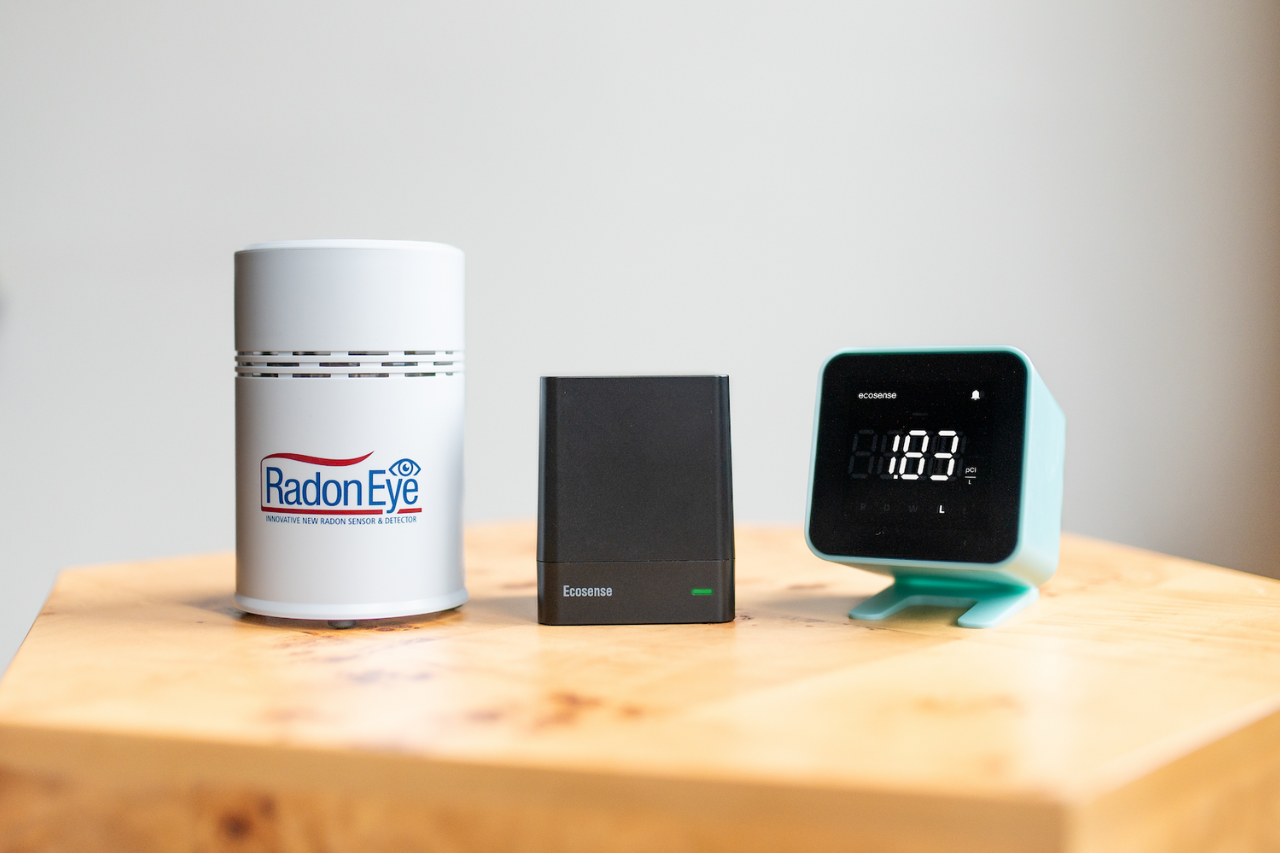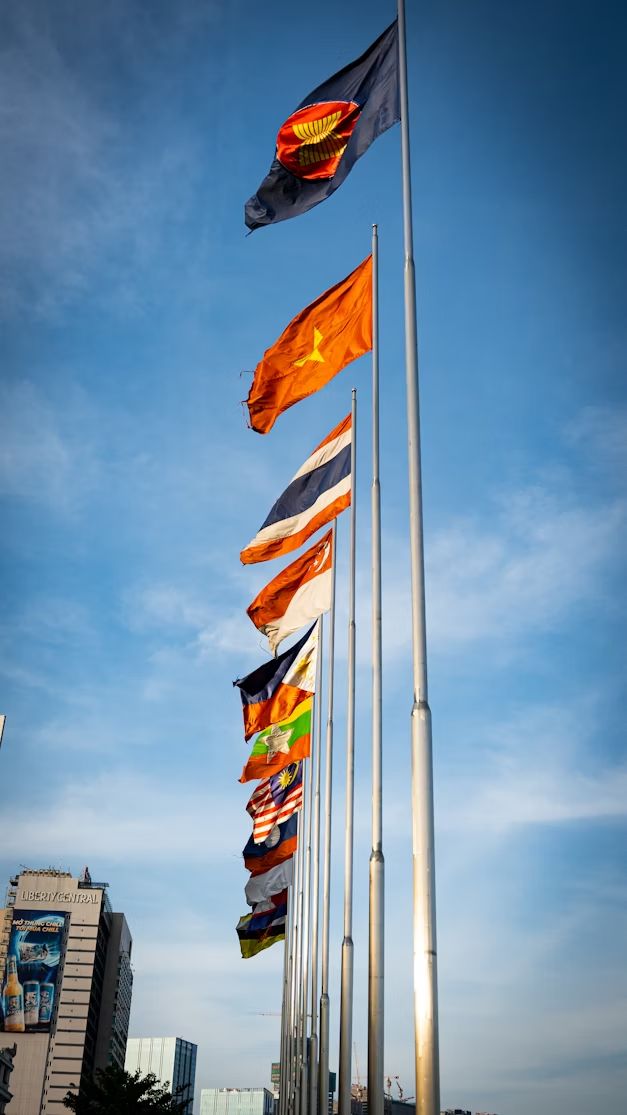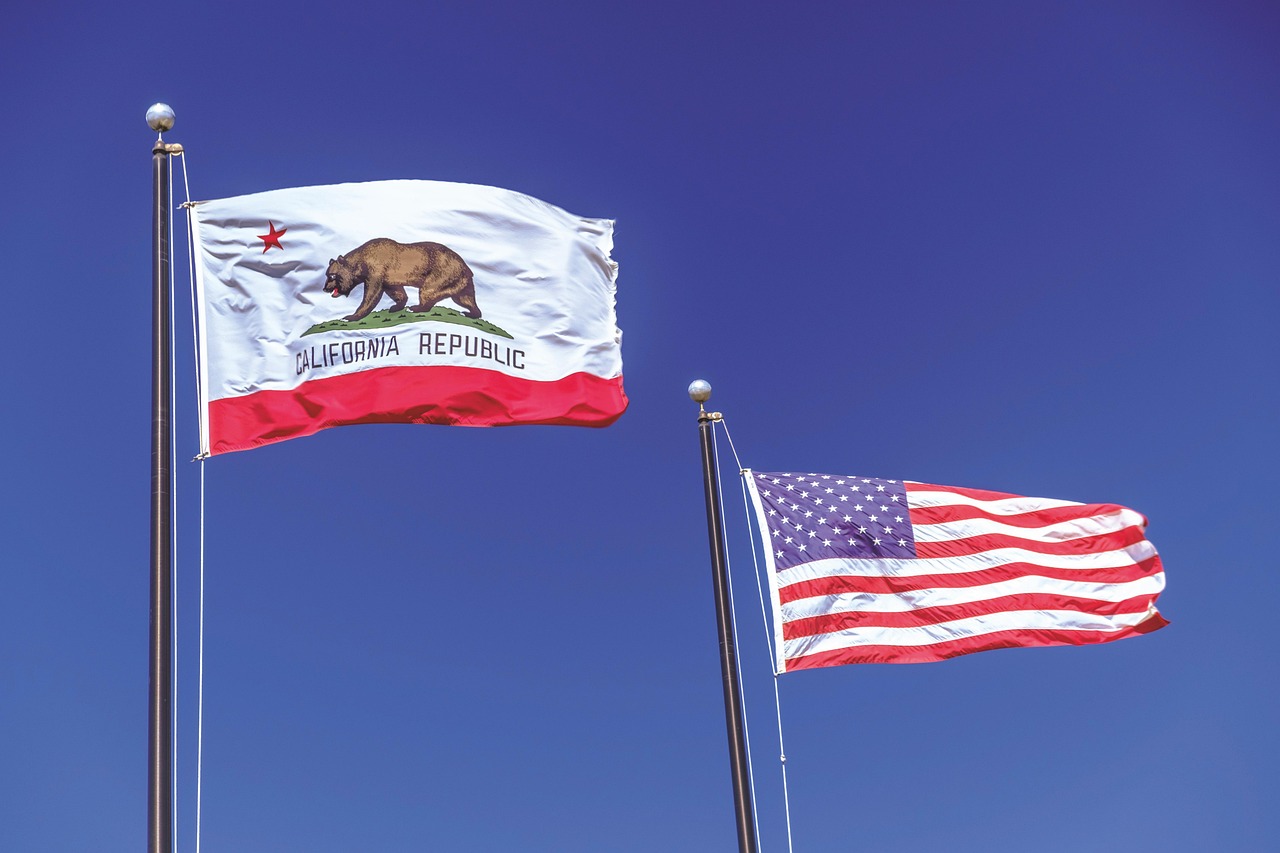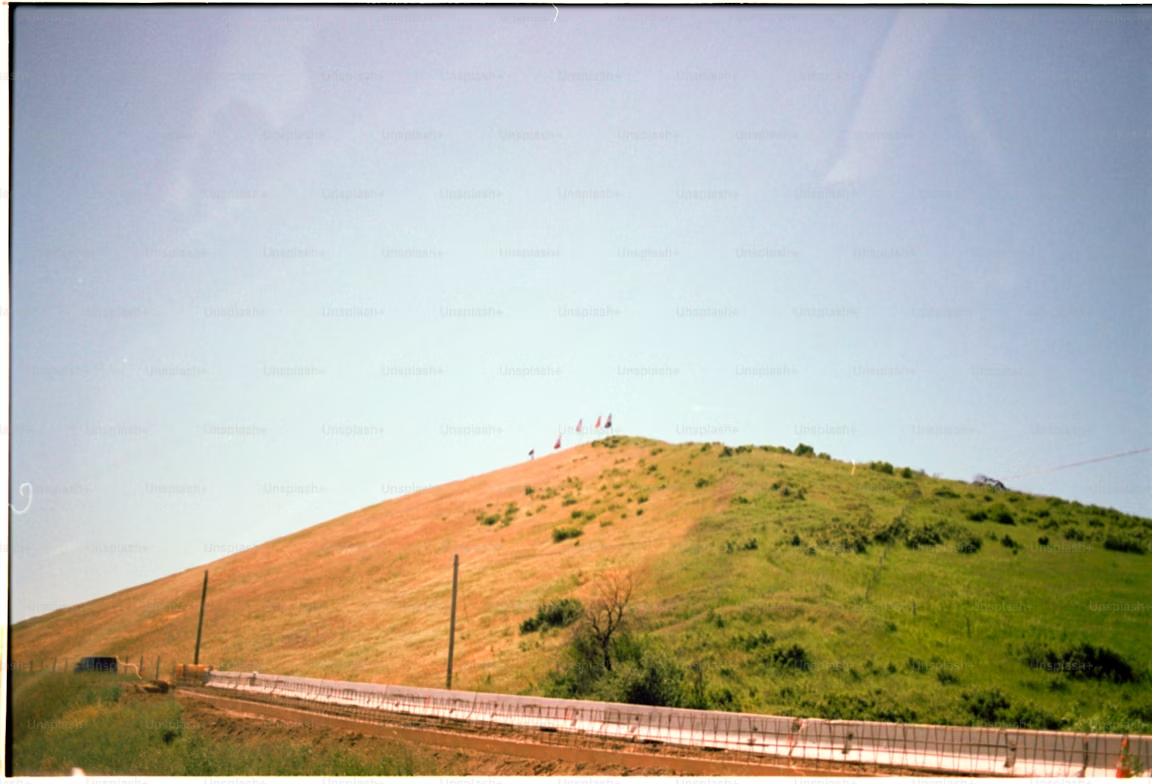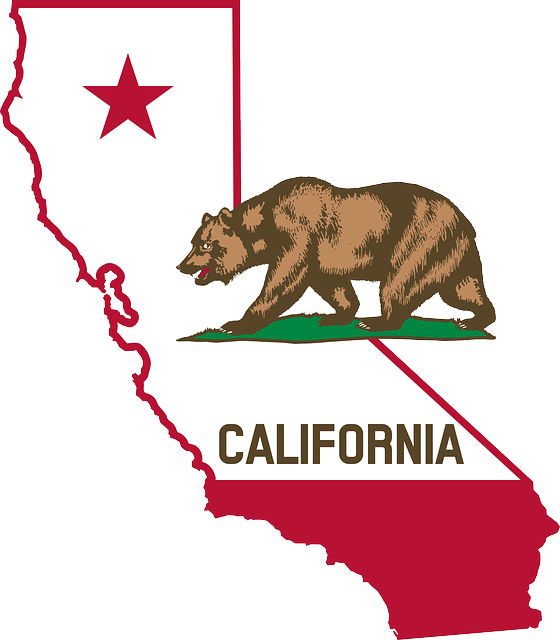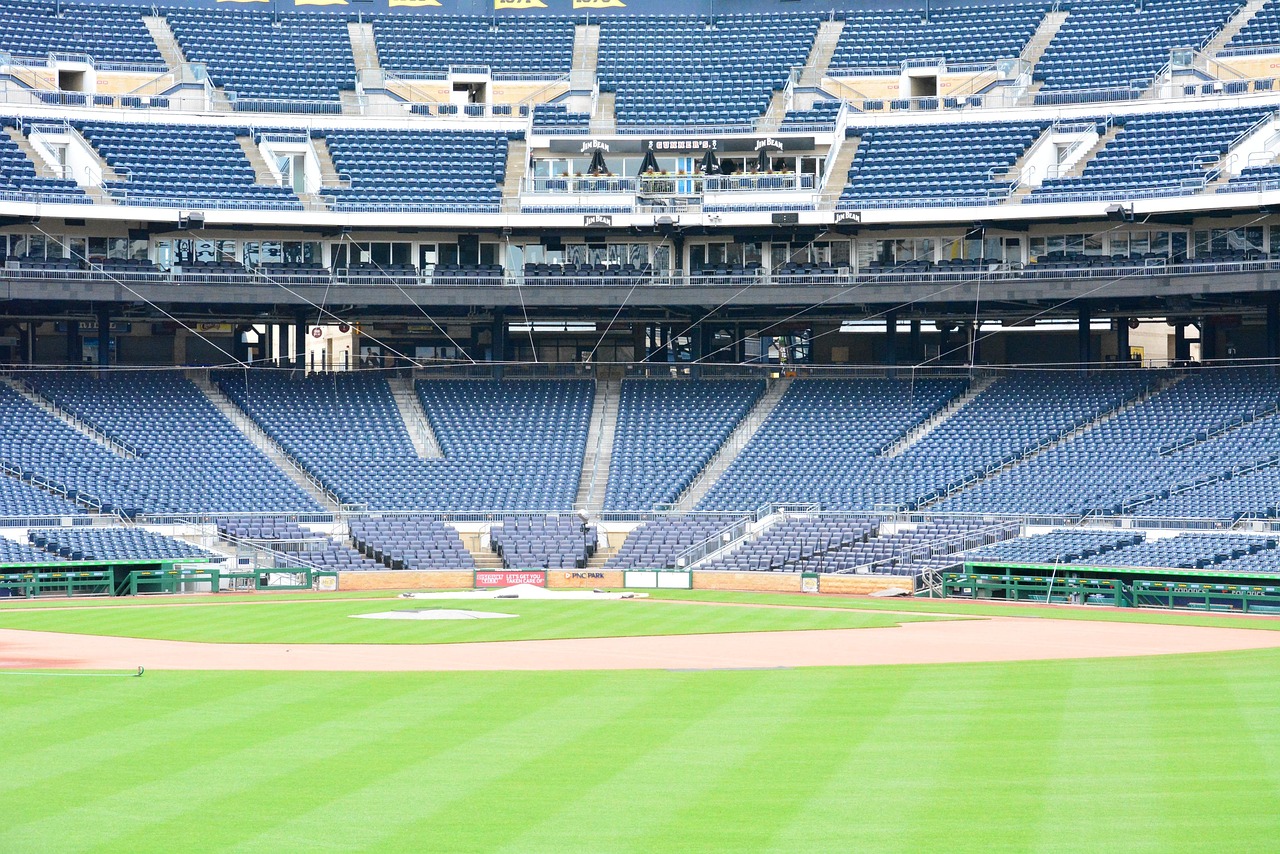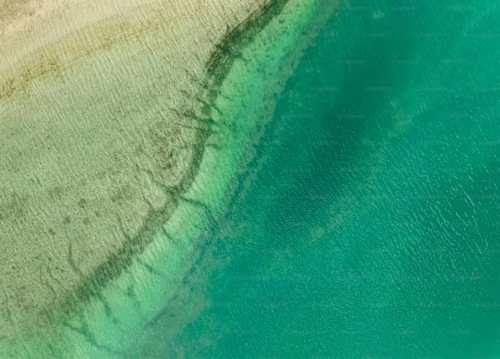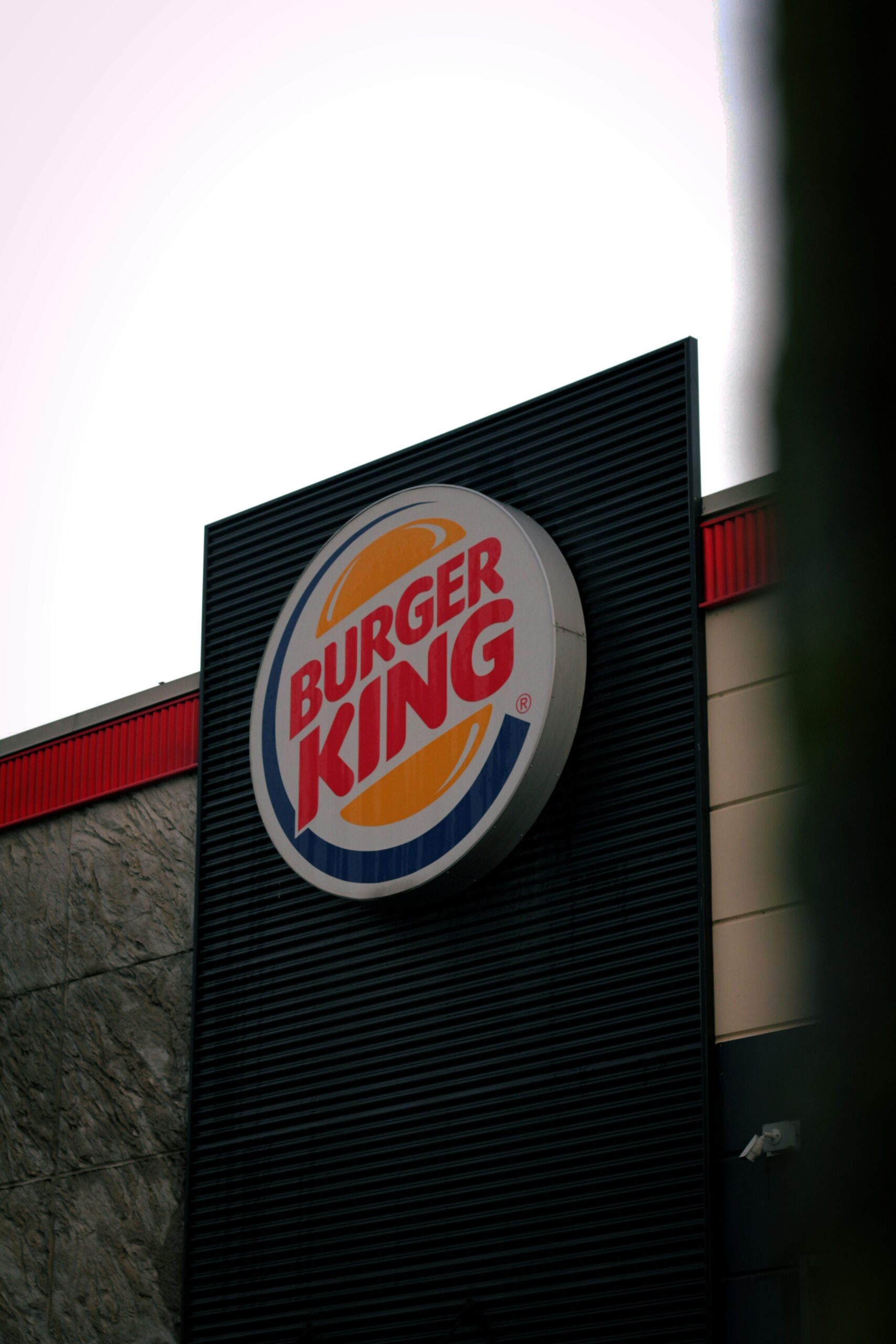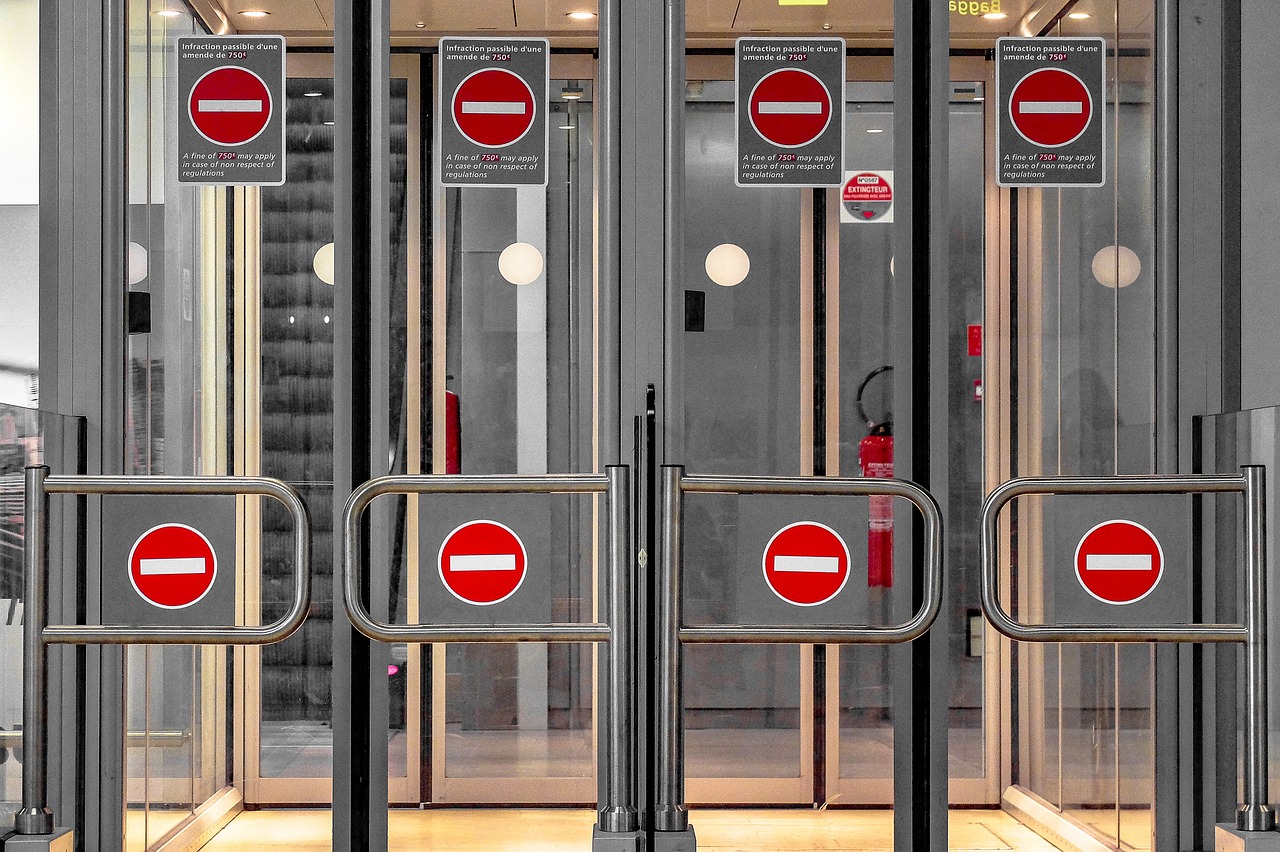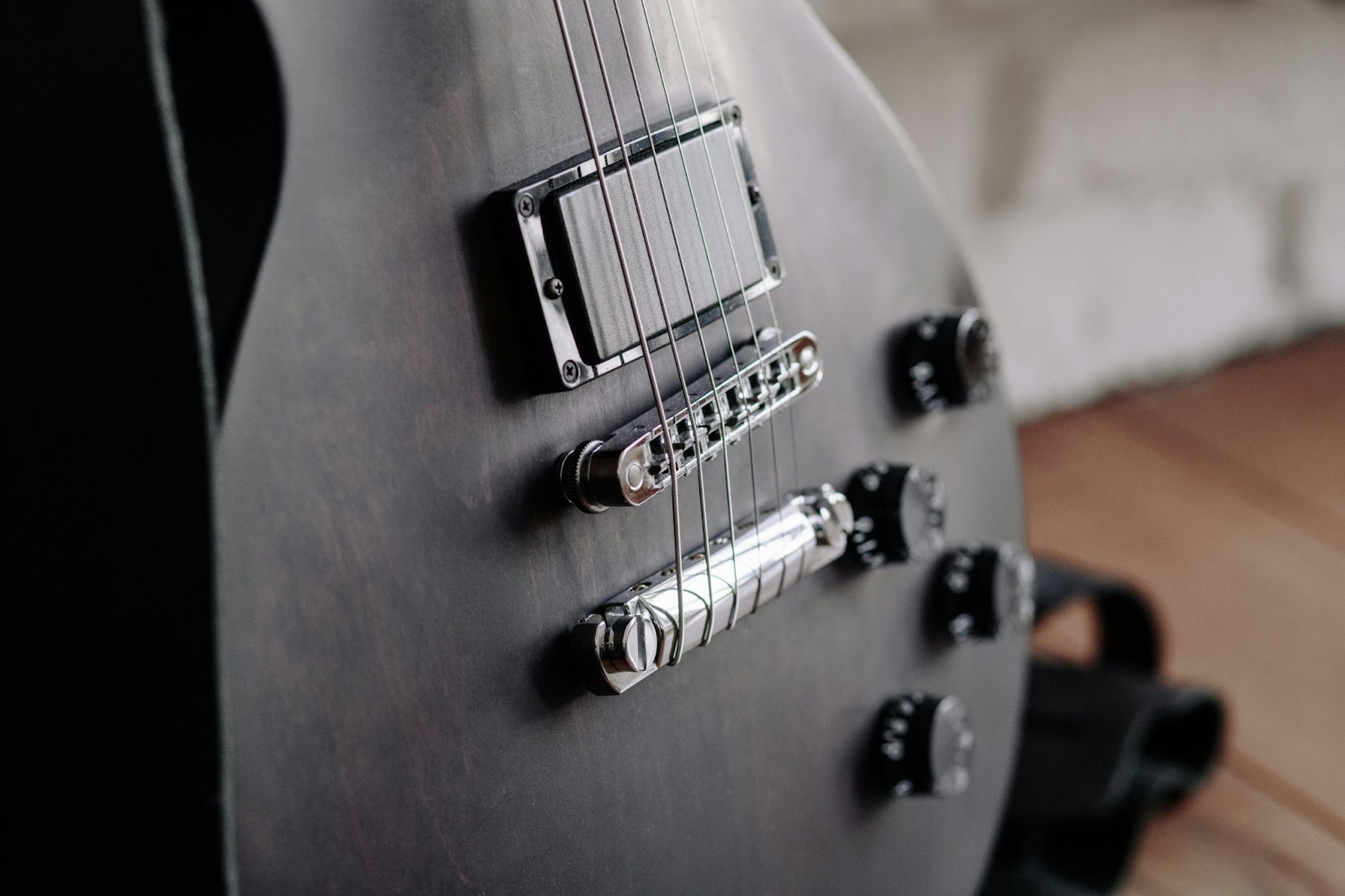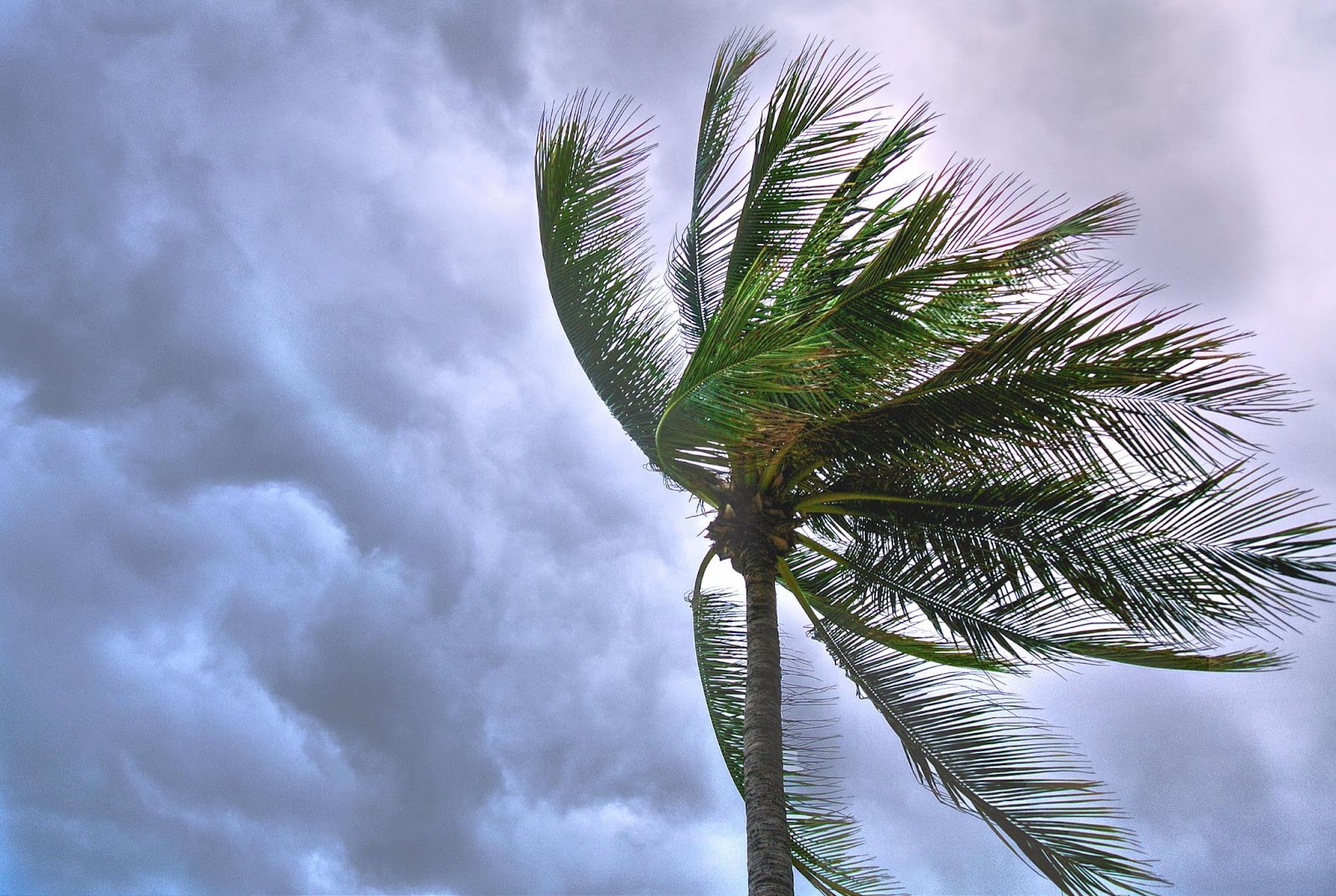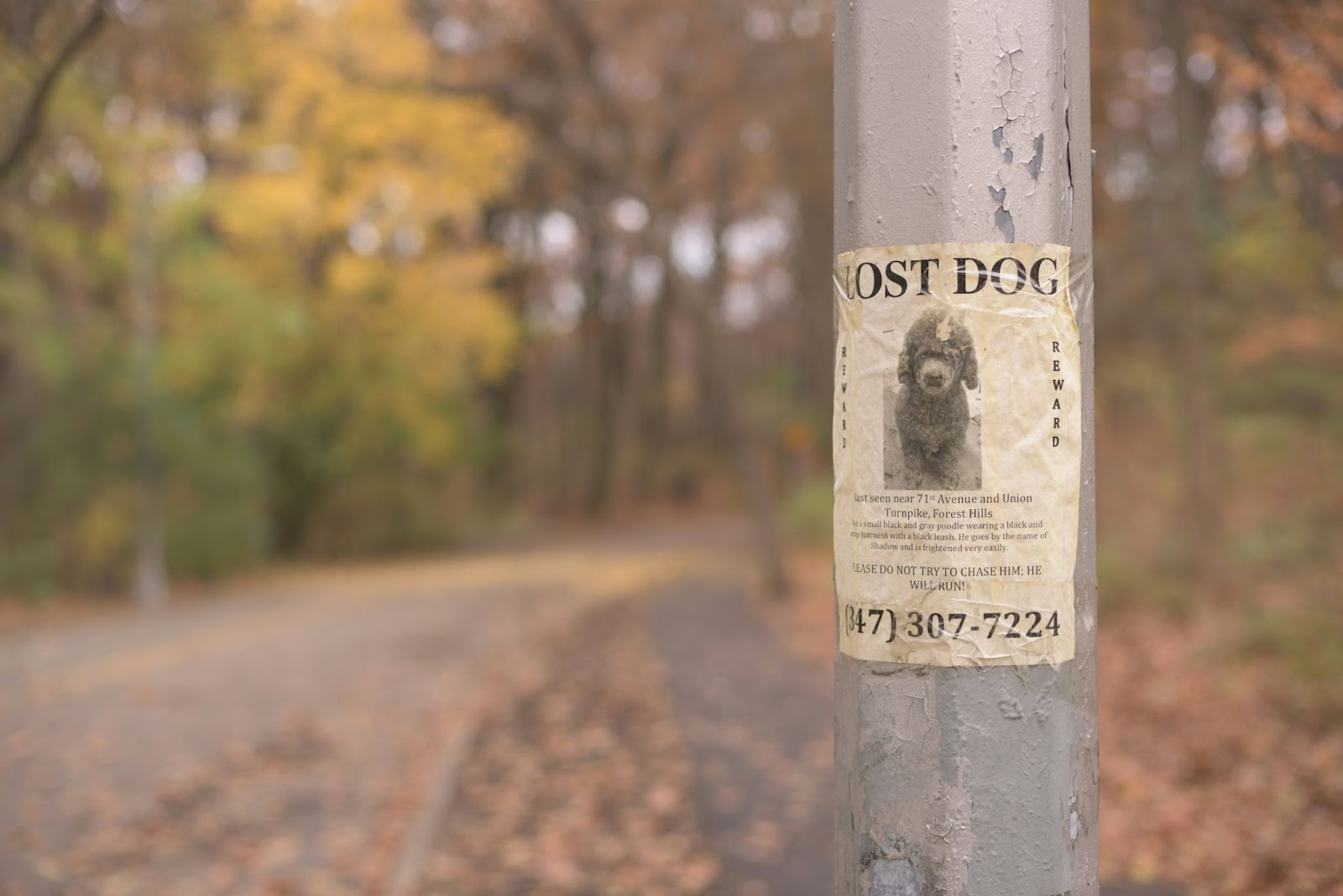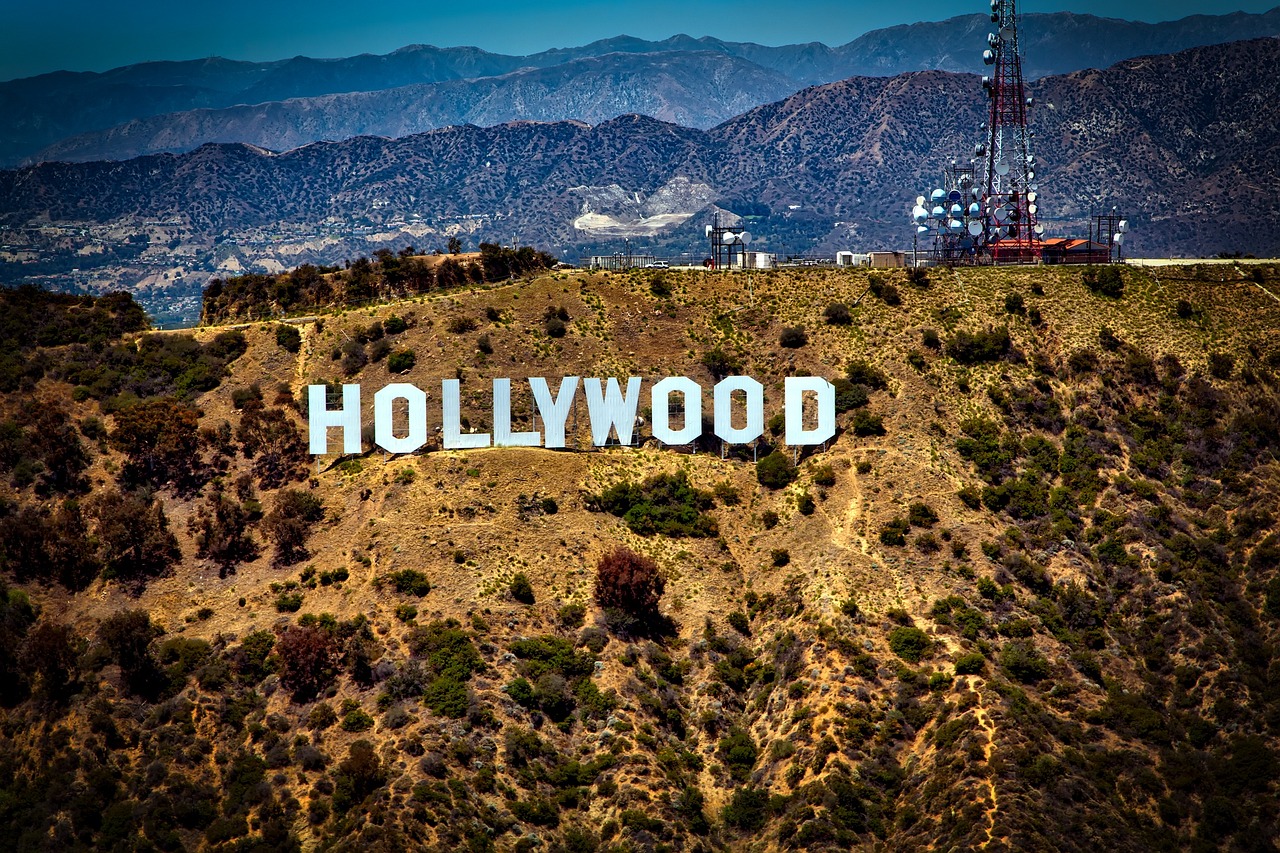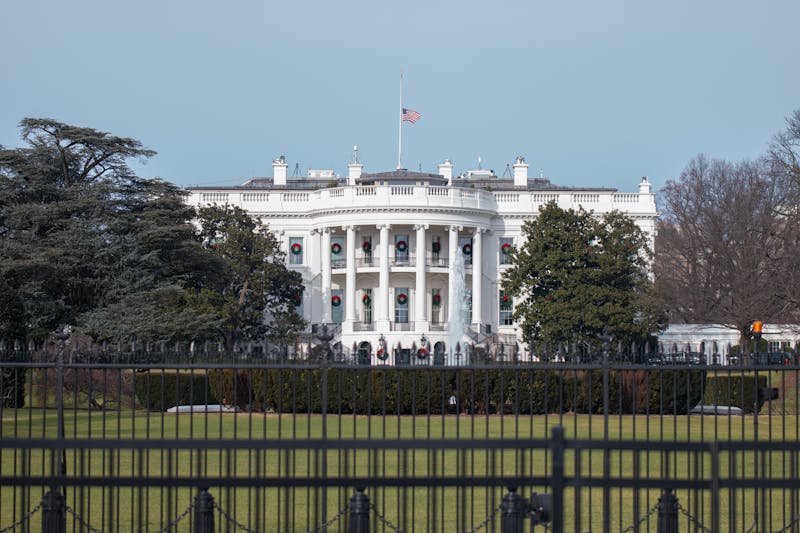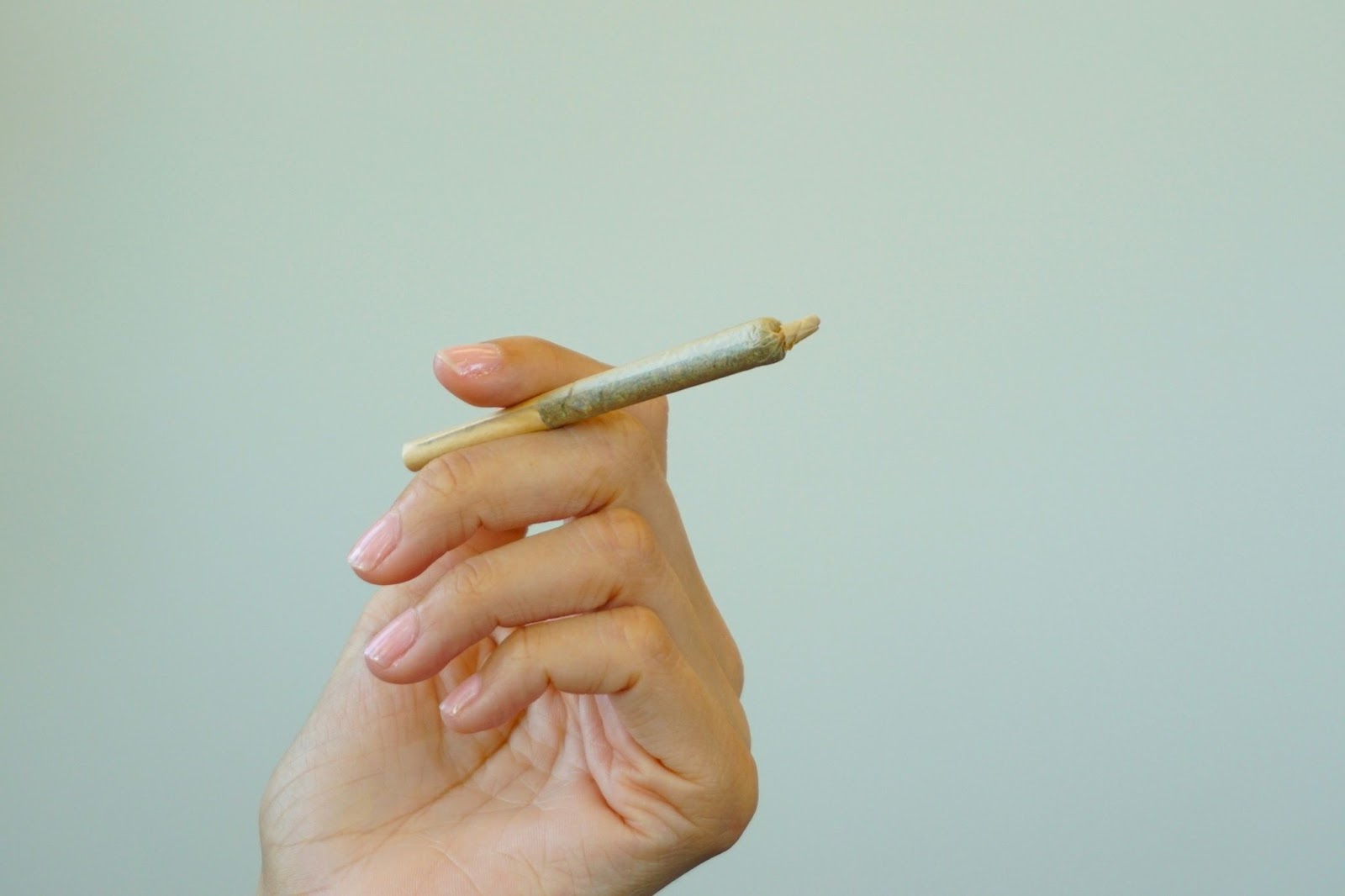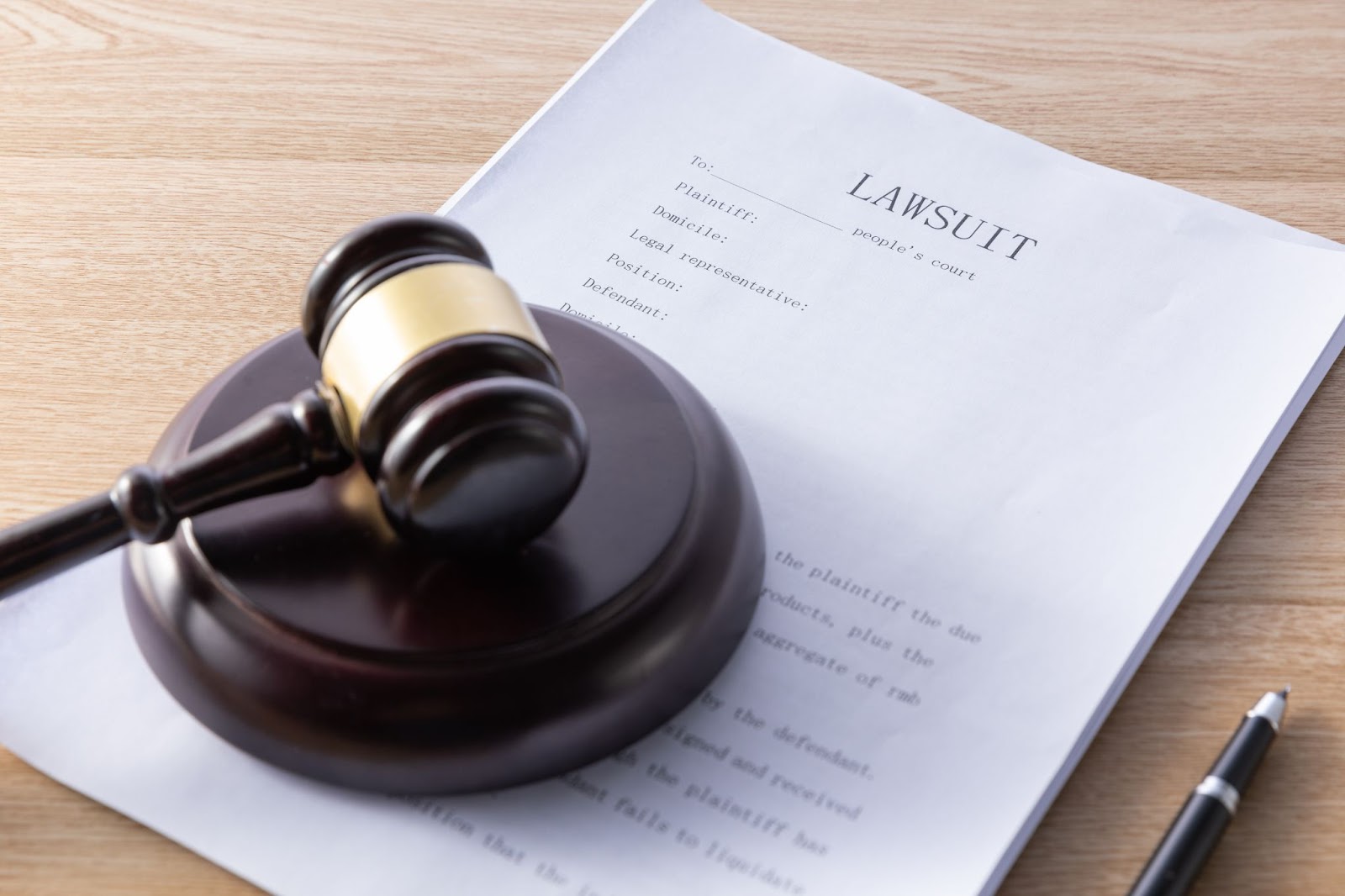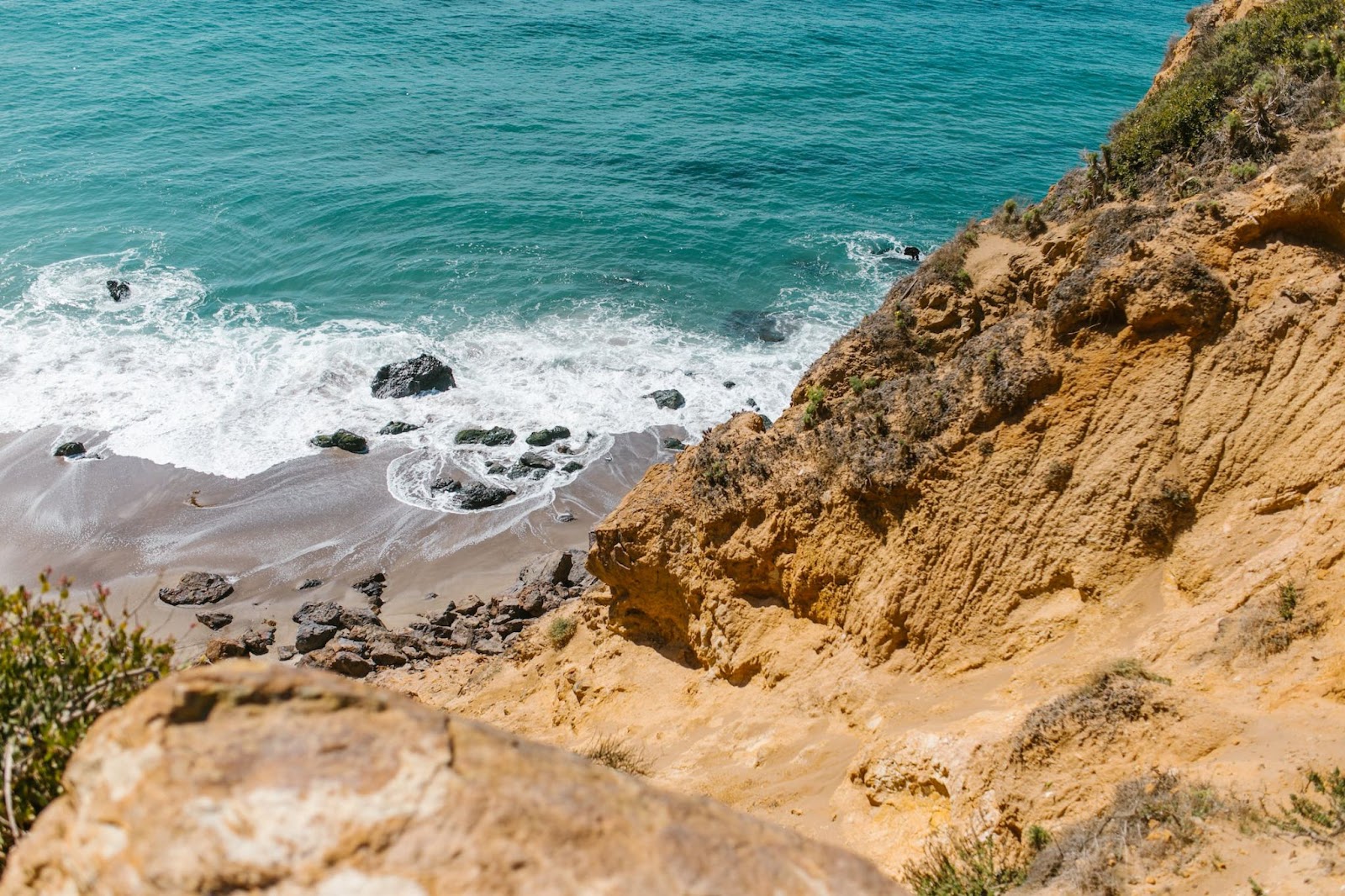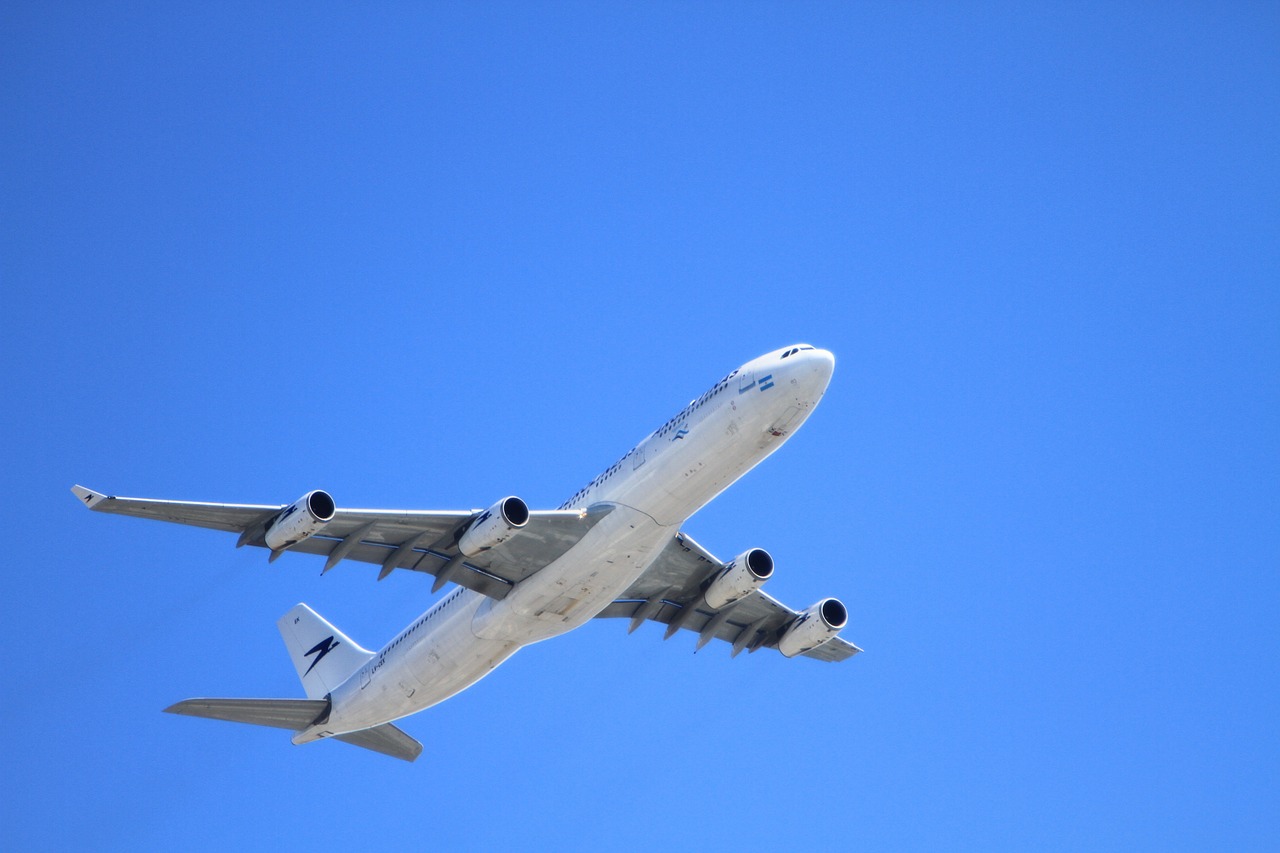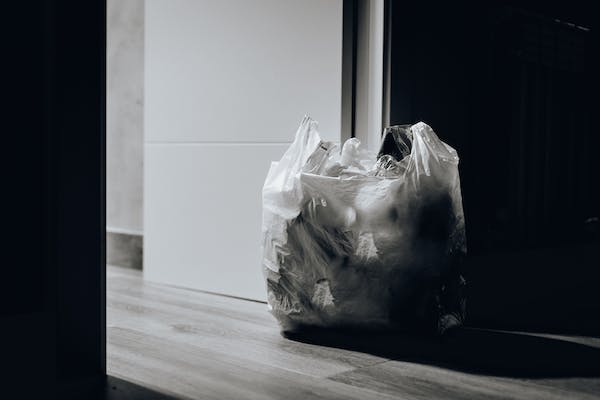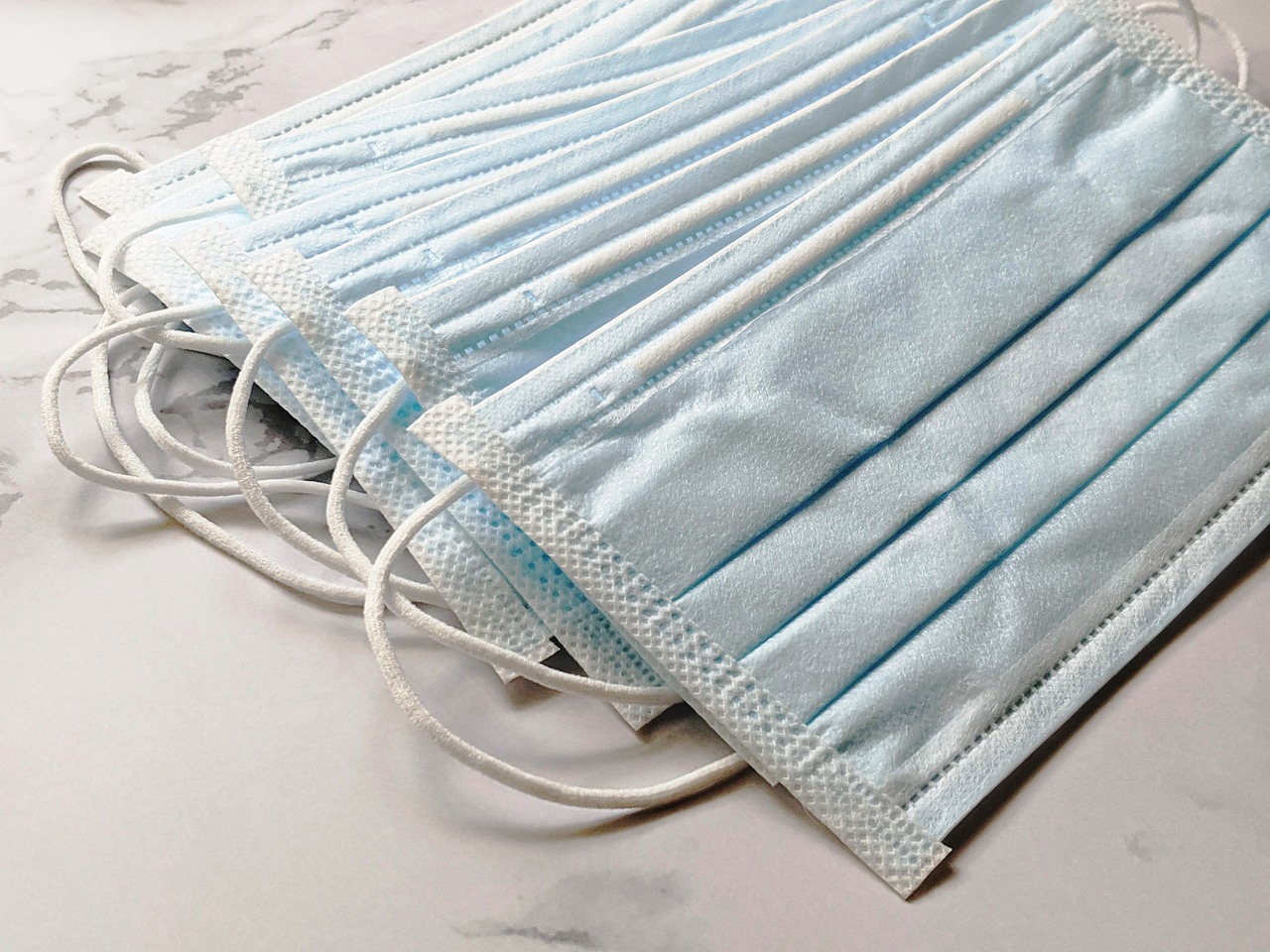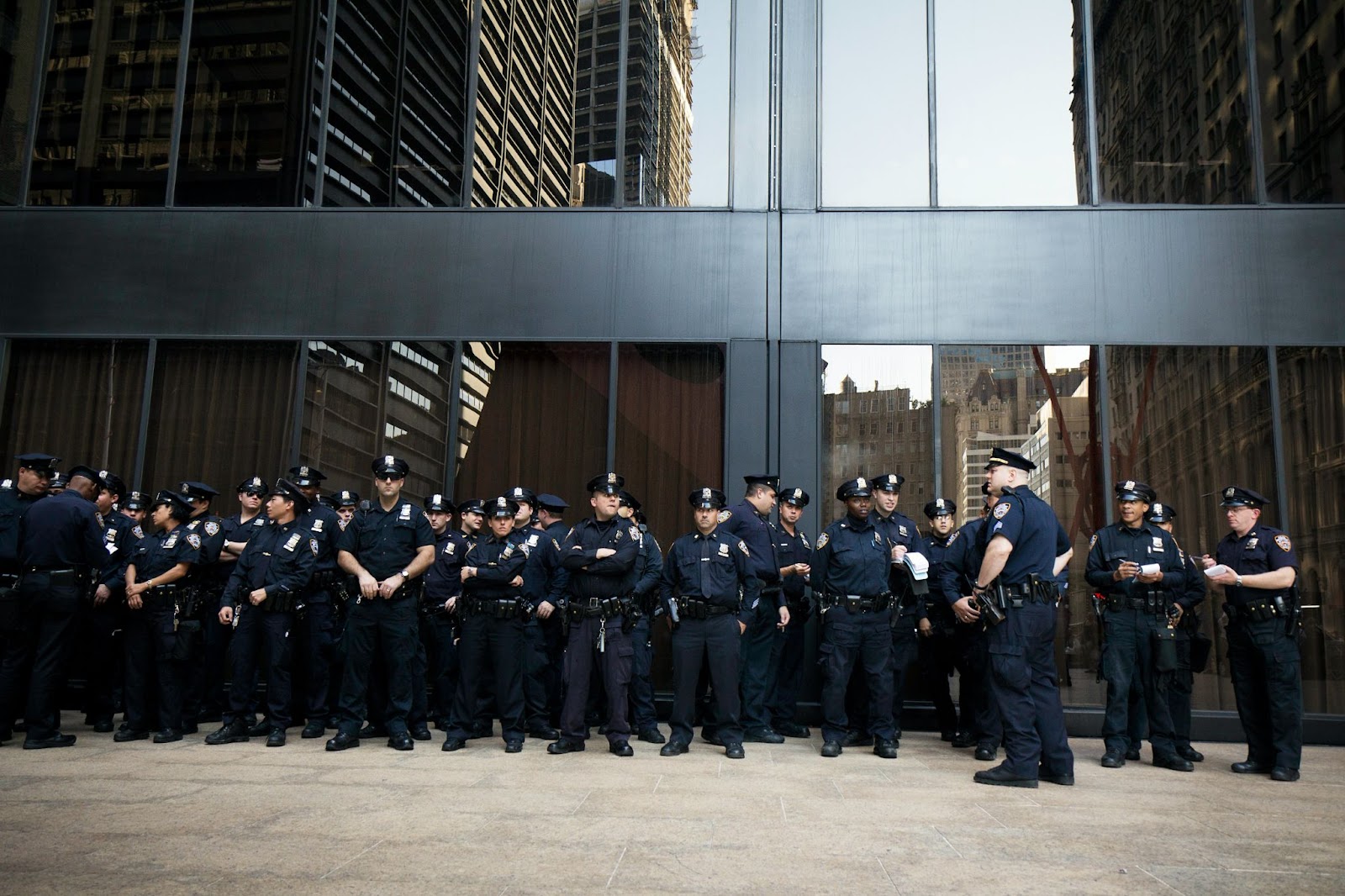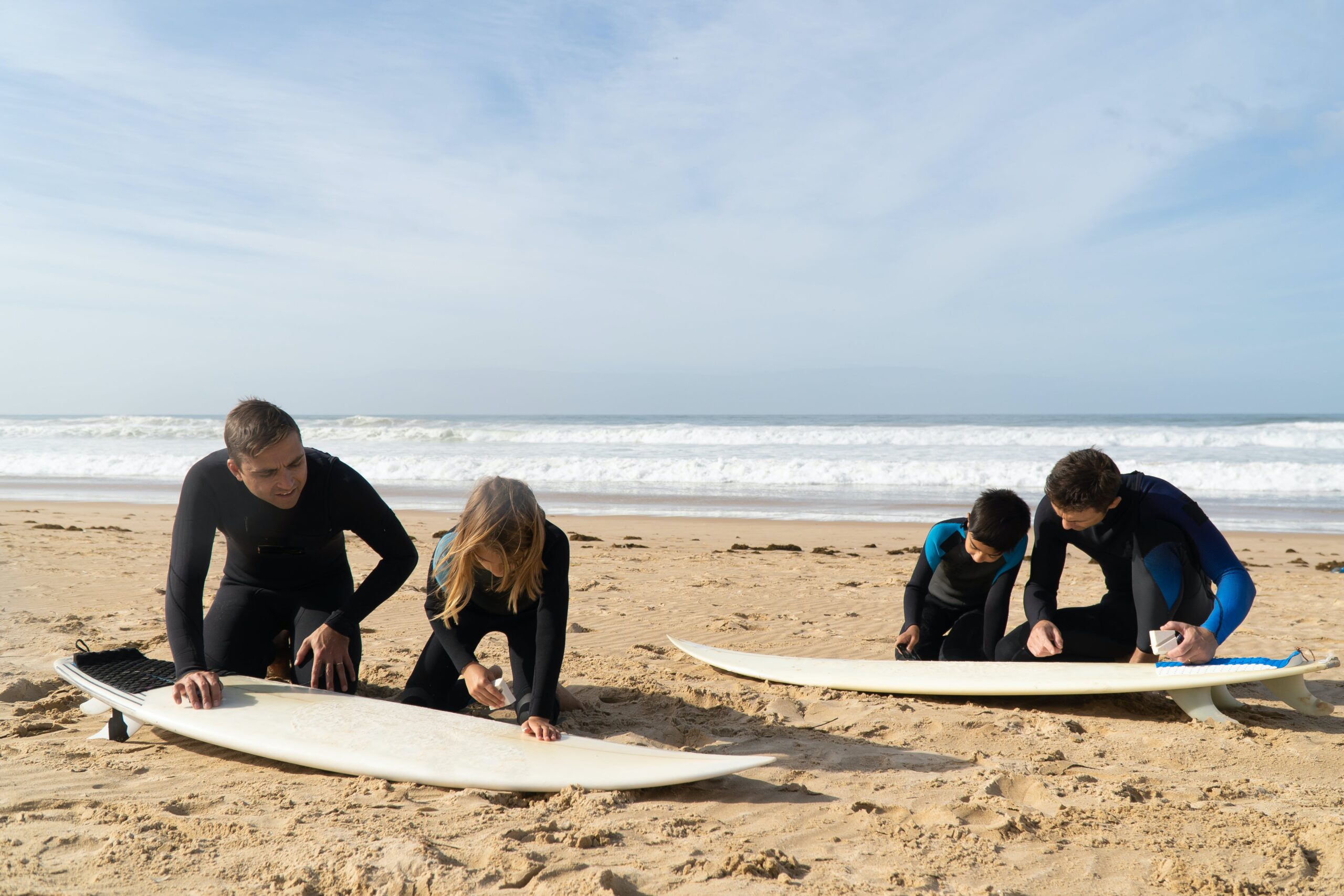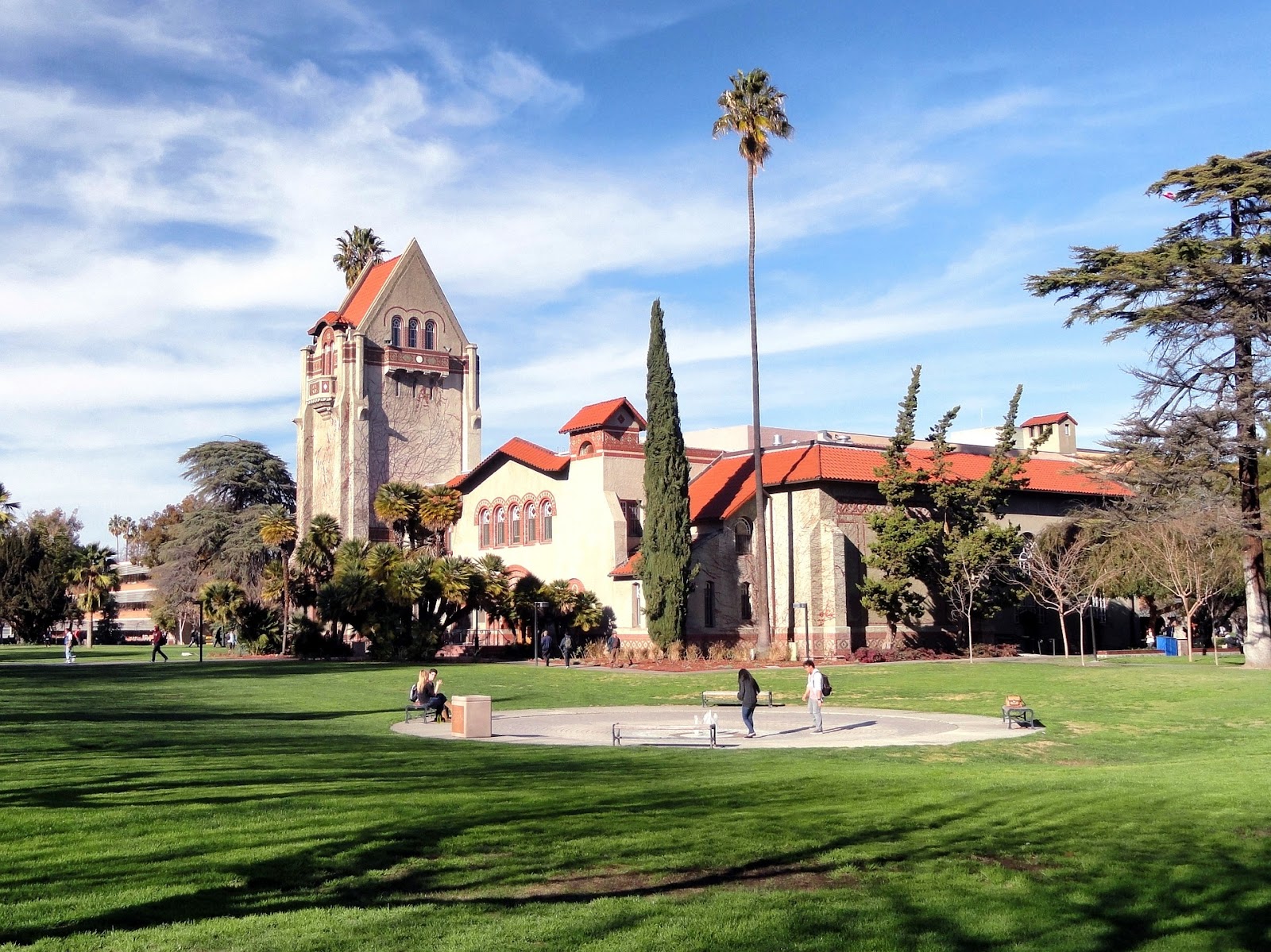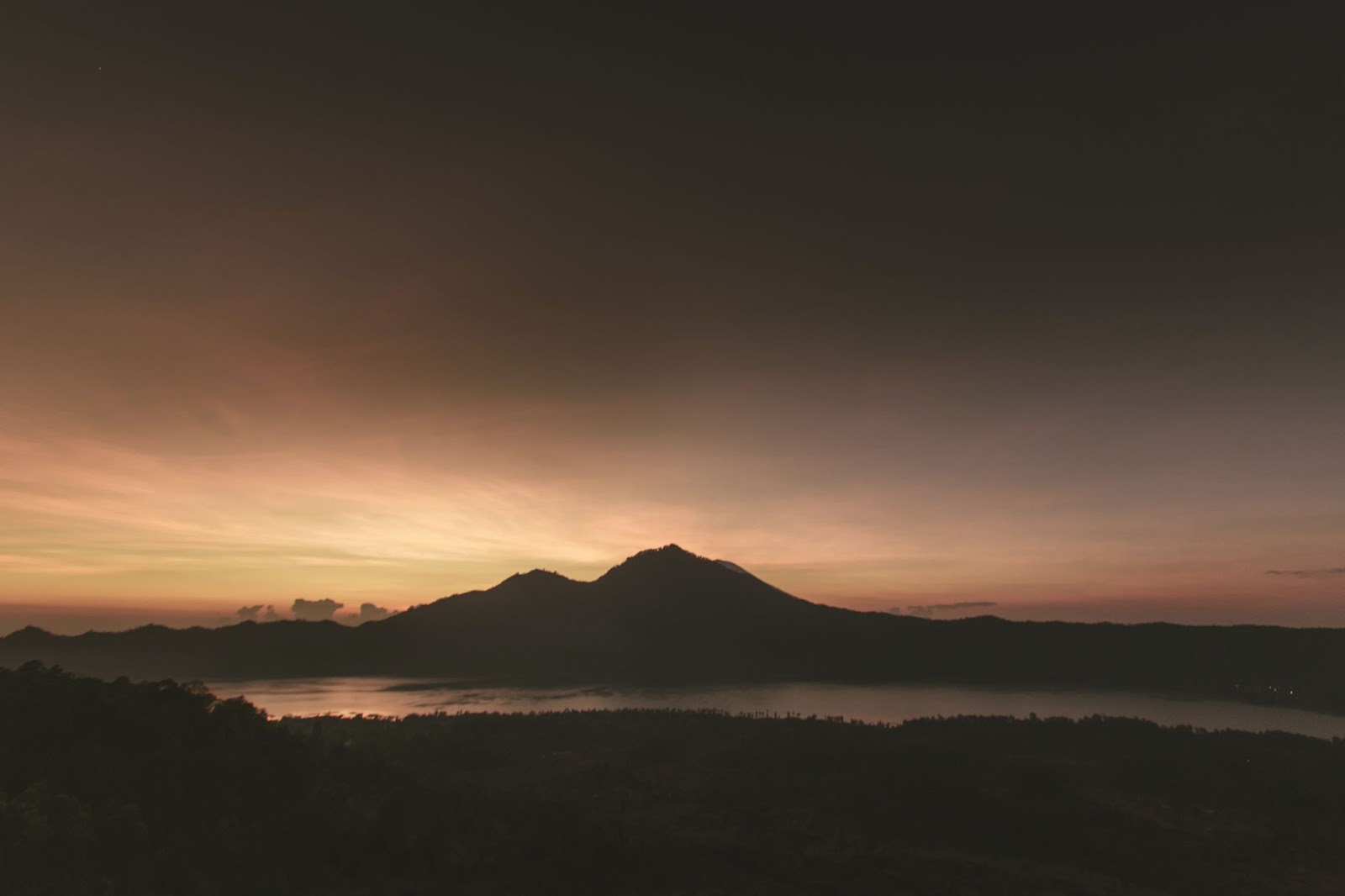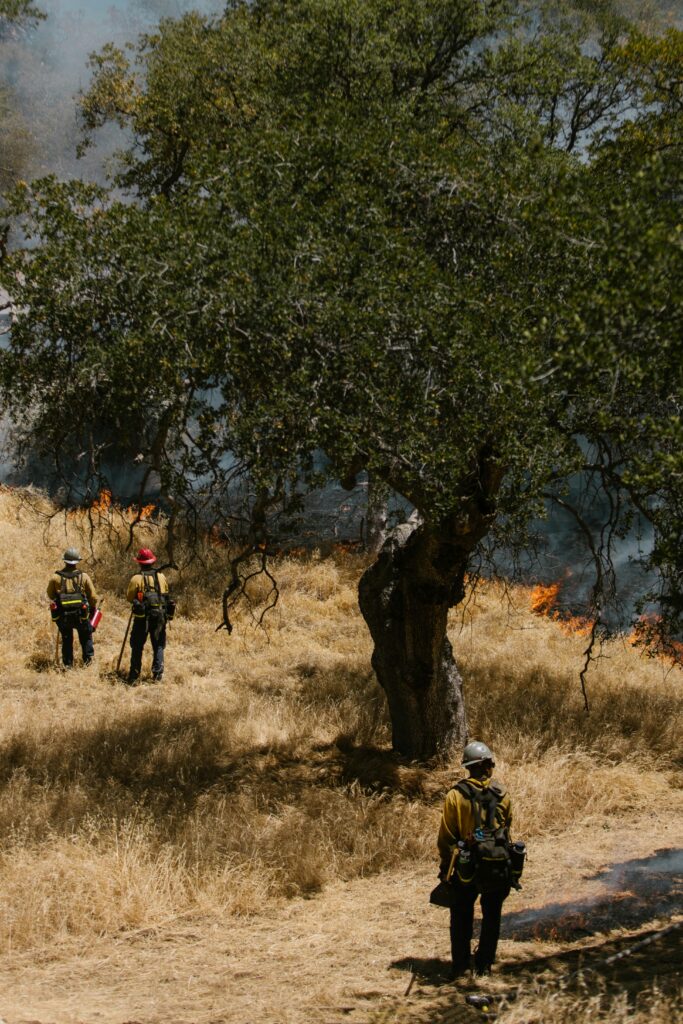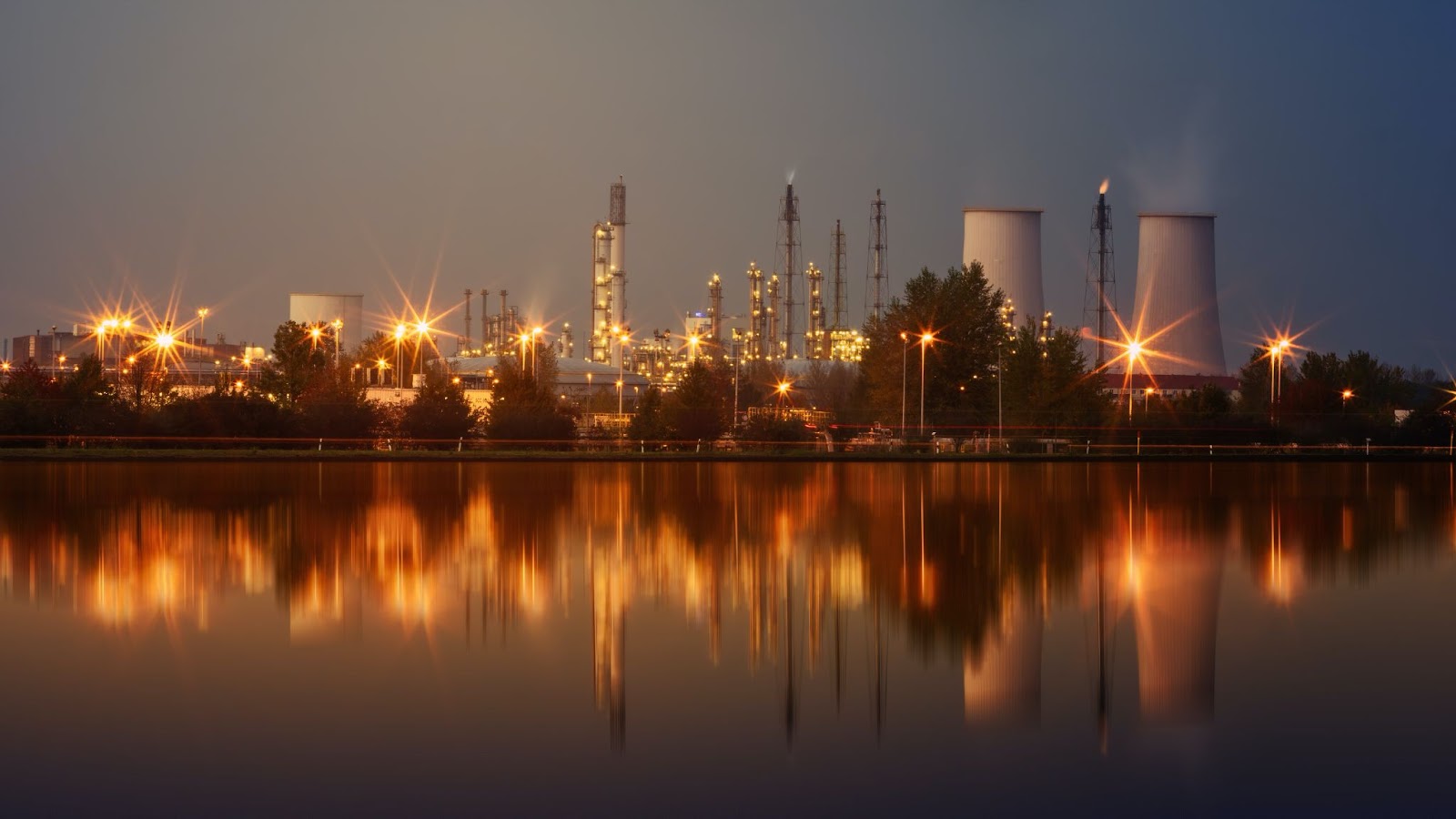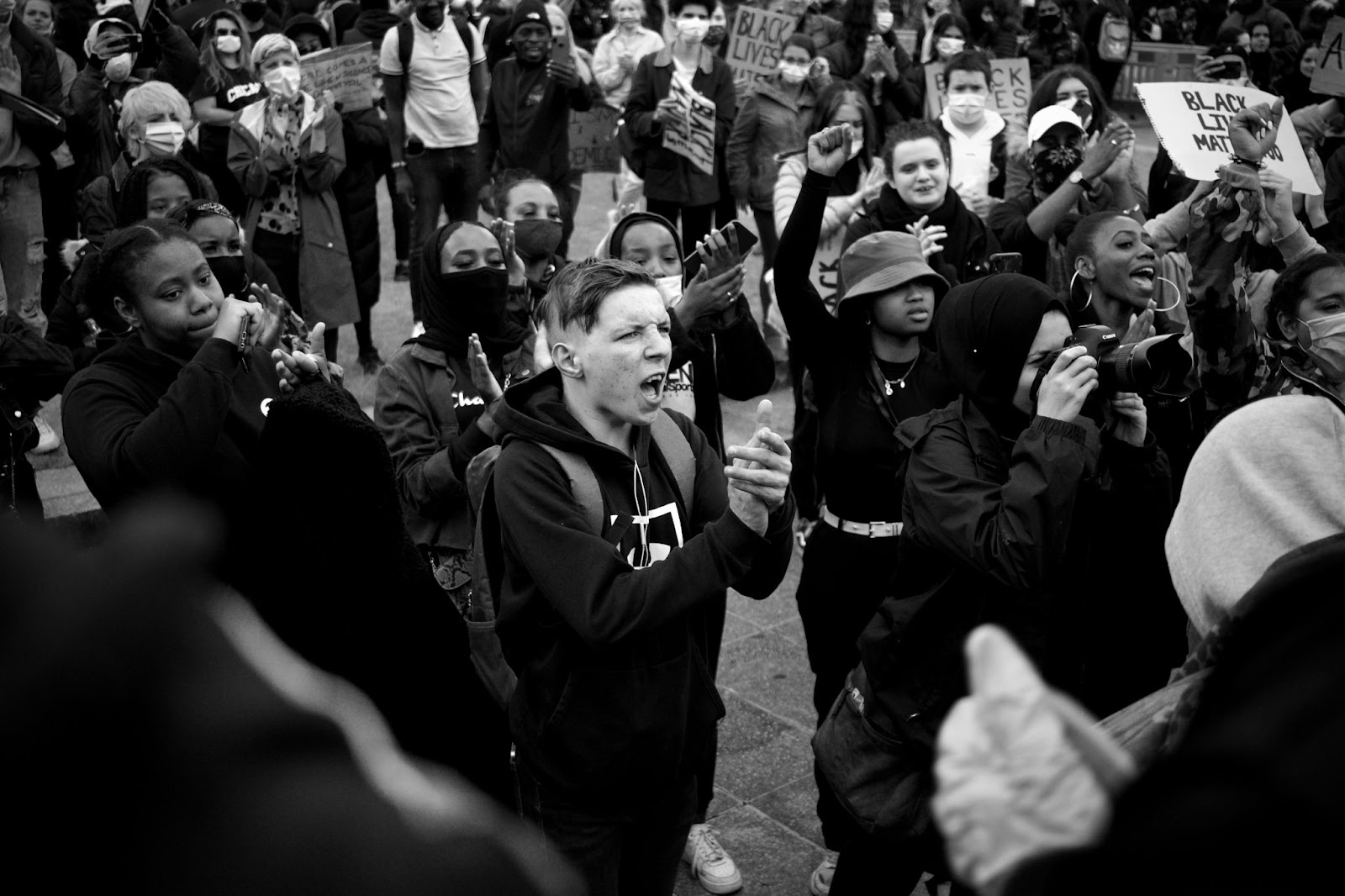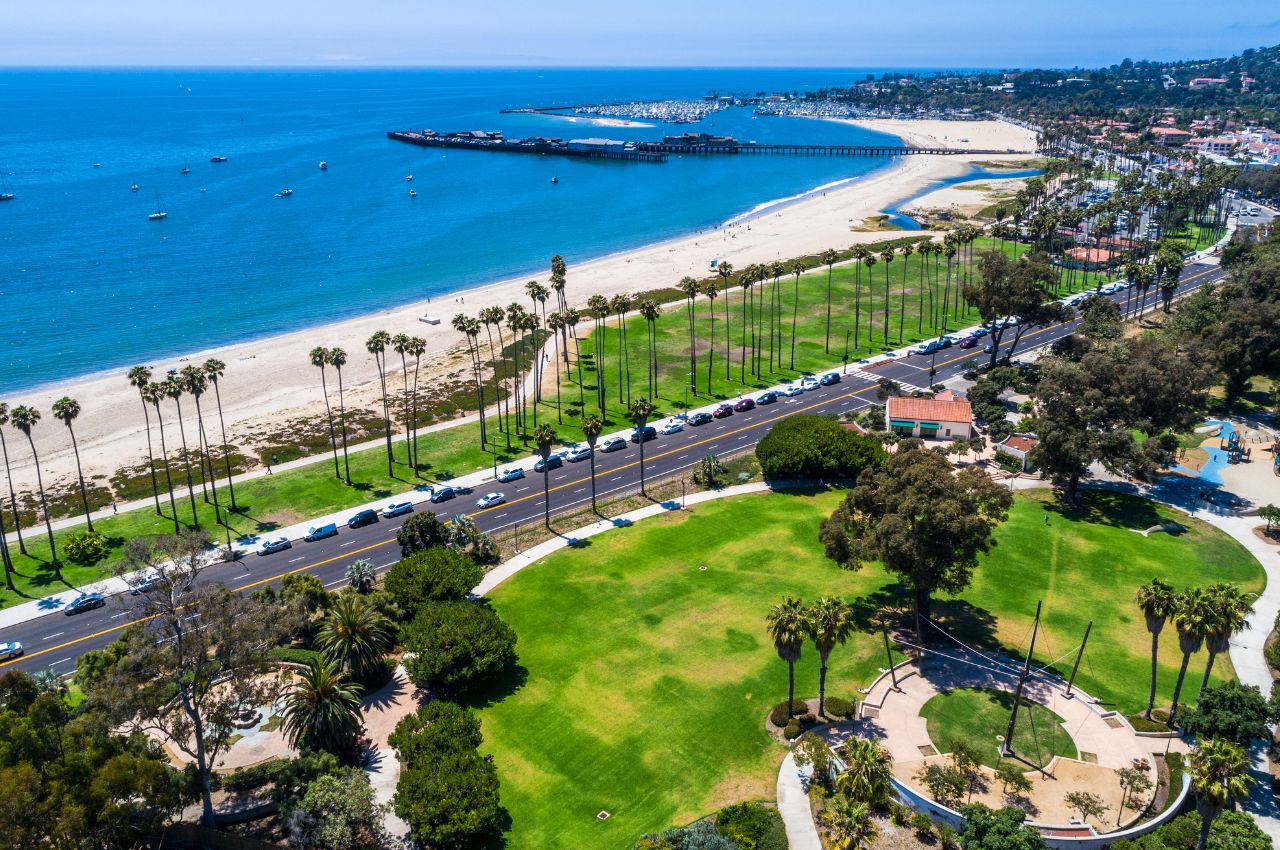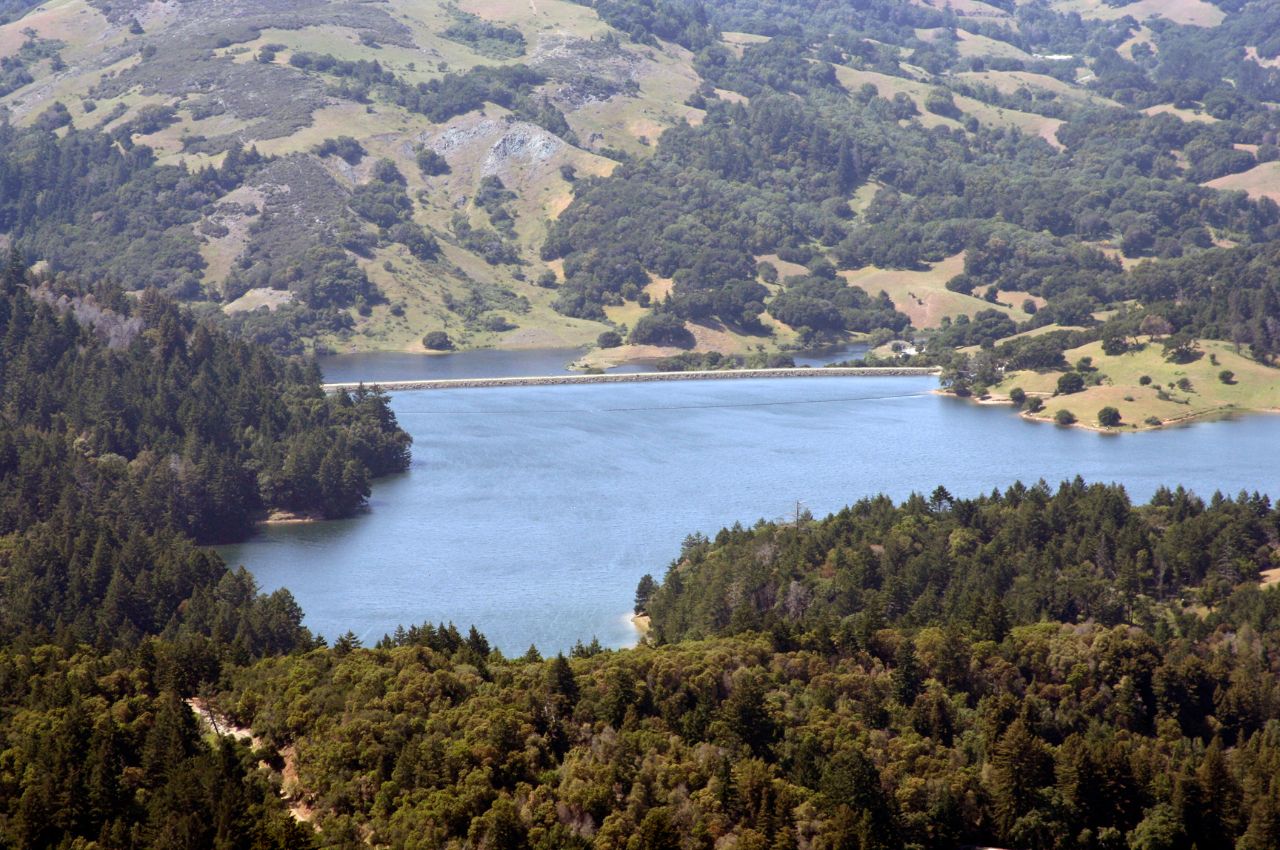Bomb Found on Northern California Beach After Storms
An inert bomb washed up on a Northern California beach on New Year’s Eve after fierce storms rocked the region. The Santa Cruz County sheriff’s office investigated the incident in nearby Pajaro Dunes.
The sheriff’s office released a photo of the corroded bomb on Facebook with a statement detailing its removal. Personnel from Travis Air Force Base in Fairfield collected it for disposal after performing an on-site visual inspection and x-ray scan for safety. They believe that the device was a practice bomb used by the U.S. Navy during World War II, washed up by the powerful surf created by recent storms in the area.
“As a precaution, our bomb team responded, deemed it safe, and had it removed from the beach,” the Santa Cruz County sheriff’s office wrote in a Facebook post.
Pajaro Dunes, along with many other cities and towns on the California coast, was hit with high surf last week that caused flooding in some areas and waves up to 40 feet in others. Santa Cruz County issued evacuation warnings for several areas along the coast. A video from Ventura County showed waves exploding over the seawall, causing people to run from the violent surf. The flooding has delayed first responders to these situations up and down the California coast, including in Ventura County, where eight people were injured by waves breaking the seawall. Damage has been seen to property and cars as well. These extreme conditions caused debris, like the bomb, to be scattered across beaches.
Historical Context and Recent High Surf Impacts
While artifacts of war rarely wash up on U.S. shores, the phenomenon is not unheard of. Until the 1970s, disposing of unexploded munitions by dumping them in the ocean was a common practice. This was banned as part of a marine conservation act along with other common ocean pollutants. The U.S. Environmental Protection Agency found that the practice has resulted in fatalities and severe injuries from exposure to chemicals and chemical warfare agents.
The disposal of unexploded weapons is only one reason a bomb might wash up on U.S. shores. The U.S. Army Corps of Engineers has identified more than 400 underwater environments used as defense sites that contain unexploded ordinances. Over the past two decades, multiple unexploded bombs have washed up on beaches in the Hawaiian Islands as a result.
Hawaii has also been hit with high surf over the past week. Waves have been recorded up to 40 feet along the north shores of the five islands and up to 22 feet on the typically calm western shores. While surfers were excited to take advantage of the waves, lifeguards were overwhelmed enforcing safety. Honolulu Ocean Safety guards rescued twenty people on Oahu’s North Shore alone last Wednesday. The waves have the potential to damage beachfront property, just like areas in Northern California.
Southern California waves were less intense, but surfers were still warned away from beaches as south as Manhattan Beach. The waves were described as hazardous with life-threatening rip currents. The Los Angeles National Weather Service warned that beaches, piers, and vulnerable harbors are not currently safe.
